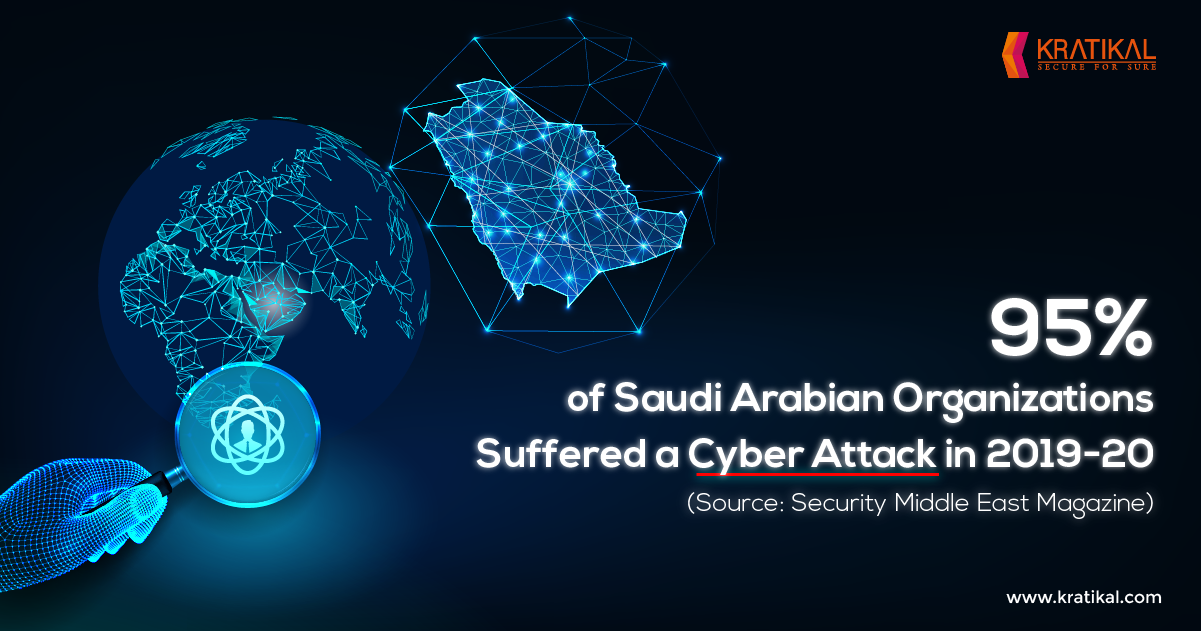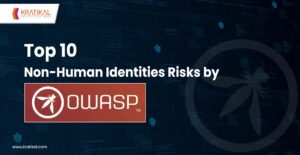 “One of the main cyber-risks is to think they don’t exist. The other is to try to treat all potential risks. Fix the basics, protect first what matters for your business and be ready to react properly to pertinent threats. Think data, but also business services integrity, awareness, customer experience, compliance, and reputation.” ― Stephane Nappo
“One of the main cyber-risks is to think they don’t exist. The other is to try to treat all potential risks. Fix the basics, protect first what matters for your business and be ready to react properly to pertinent threats. Think data, but also business services integrity, awareness, customer experience, compliance, and reputation.” ― Stephane Nappo
The continuous adoption of new technologies is proving to be the key to successful digitalization in the Middle East region. Enterprises in the Middle East have been harnessing the full value of technology to flourish. However, this rise in digitalization has also attracted the attention of ruthless hackers, who are targeting the region actively. As a result, cyber attacks in the Middle East have been increasing drastically.
According to a report from CNBC, the UAE witnessed an ‘at least 250% increase’ in cyber attacks in the year 2020. And according to another report from Security Middle East Magazine, at least 95% of Saudi Arabian organizations suffered a cyber attack in 2019 – 2020.
These days, enterprises are growing more vigilant and striving to create a secure cyber environment. But most often these efforts prove to be futile. Moreover, every organization in the region is not yet prepared to combat the rising cyber crimes.
The threat actors are determined to circumvent every security measure organizations throw their way. As a result, the reinforcement of the cyber security framework often lags behind the ever-evolving threat landscape.
Table of Contents
Strategic Approach
To overcome this issue, some countries created a domestic cyber network, which was controlled and monitored by the government. Some of the countries that have attempted this approach in the past include:
- Myanmar in 2007
- Egypt during the 2011 protests
- Libya in 2011
- Syria during the civil war
However, none were successful in this futile attempt. No country or organization has ever been able to enjoy the full benefits of the internet without exposing themselves to cyber risks. Consequently, the only feasible solution is to adopt effective policies for preventing an attack from occurring in the first place.
Lacking in Preparation
It’s not that organizations in the Middle East are not trying to defend against these cyber attacks. In fact, organizations are acutely aware of the steep rise in cyber crimes plaguing the entire region. Therefore, to bolster their cyber security capabilities, many organizations have started prioritizing the adoption of new security policies and solutions in recent years.
Several organizations have established infrastructure protection policies and cyber security plans. However, most of these efforts are reactive and more focused on recovery from a cyber attack. So, these steps are not sufficient to prevent cyber criminals from invading an organization.
As a result, the cyber security leaders would have to come up with an enduring plan that includes proactive measures for preventing cyber attacks. An effective cyber security plan not only covers the organization’s IT infrastructure but also its employees and customers.
Prevention is Better Than Cure
As the proverb says, it’s easier to stop the attack than to repair the damage after the attack. However, keeping an organization safe from cyber attacks is a complex undertaking that requires the involvement of everyone connected to it. Even third-party companies that are connected with your organizations should comply with security practices to stop cyber attacks.
In fact, every industry should take on an active approach instead of a passive one, when it comes to cyber security. Organizations should switch from a reactive plan of action to embracing the hackers’ point of view for testing the strength of the IT infrastructure. Conducting VAPT periodically to identify the vulnerabilities in your organization’s IT security framework can go a long way in preventing cyber attacks.
The Biggest Challenges
Another major issue an organization needs to address in order to secure the organization is strengthening its “weakest link”- the employees. Organizations need to train their employees to make them aware of the prevalent cyber risks and the ways to avoid them. They should have the ability to respond quickly and also effectively to cyber attacks. Regardless of how sophisticated a cyber attack is, it mostly starts because of a simple mistake from an employee.
Therefore, the organizations should not only focus on upgrading the systems or implementing more cyber security tools but also focus on educating the employees. Making the employees understand how the attackers approach the targets and what needs to be done when facing a cyber attack.
Additionally, a world-class cyber security awareness program should be excellent in:
- Making the employees aware of the importance of security awareness programs
- Providing the employees with real-time cyber attack simulation so that they are aware of each attack vectors
- Analyzing employees’ vulnerability level and train them according to their weaknesses
- Informing on applying best practices to avoid cyber attacks
- Making the employees understand their responsibilities in protecting the organization
Conclusion
Several organizations are establishing infrastructure protection policies. However, they would also have to understand the real cause of the increasing cyber attacks in the Middle East. In fact, it is better to prevent the destruction before it happens. And in order to do so, everyone connected with the organization would have to work together in bringing an effective plan.
Consequently, it will help in creating a cyber hygienic environment and reduce the risks that are surrounding us. Moreover, organizations should also start investing in employees to make cyber attacks resilient. Addressing the employees should go along with upgrading the systems with the latest cyber security tools so that there is no loophole. In fact, cyber security awareness programs are one of the most effective ways to reduce cyber risks and ensure a positive organizational cyber security culture. So, create a cyber hygienic environment by providing the right cyber security training for employees!








Leave a comment
Your email address will not be published. Required fields are marked *